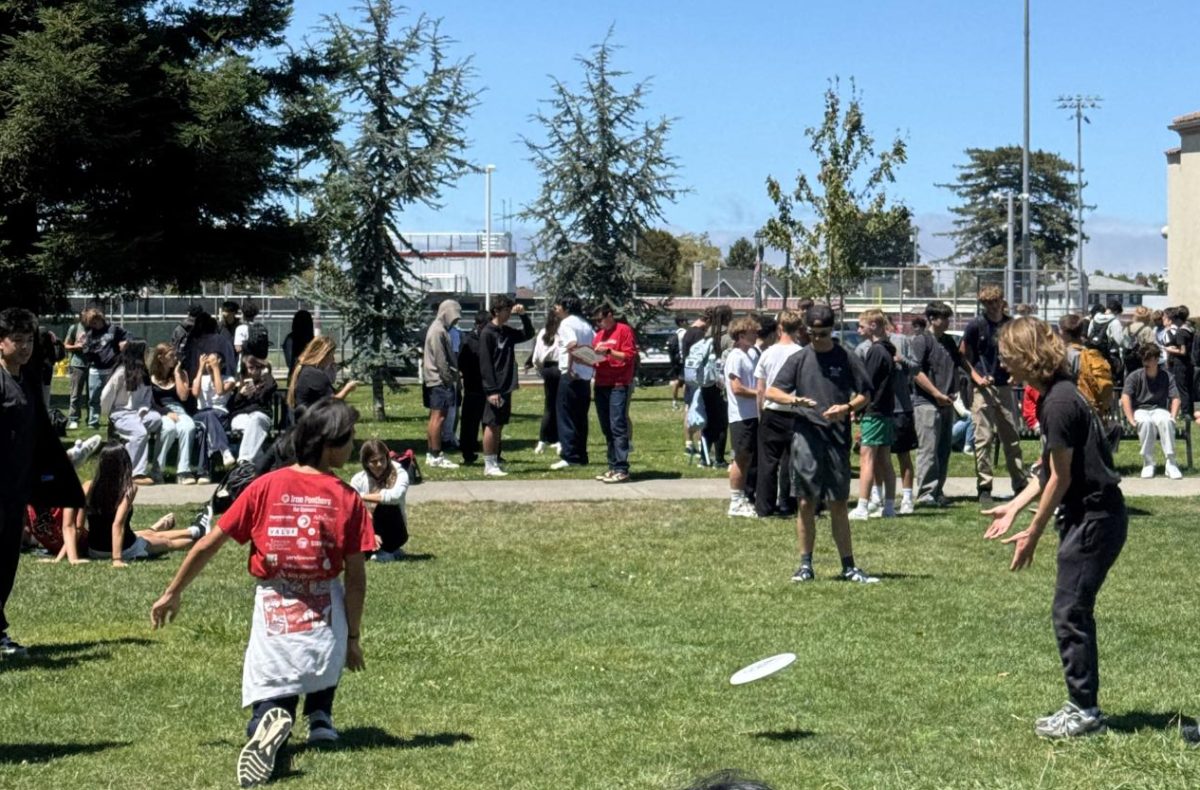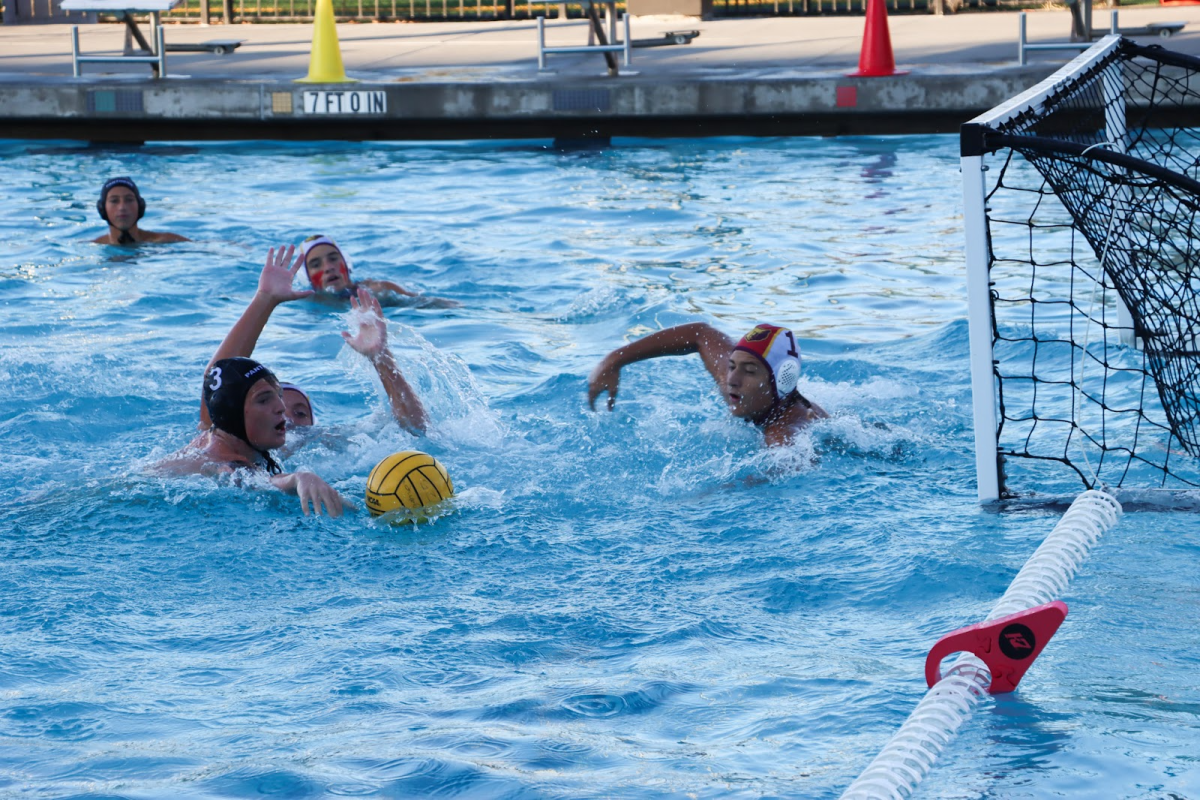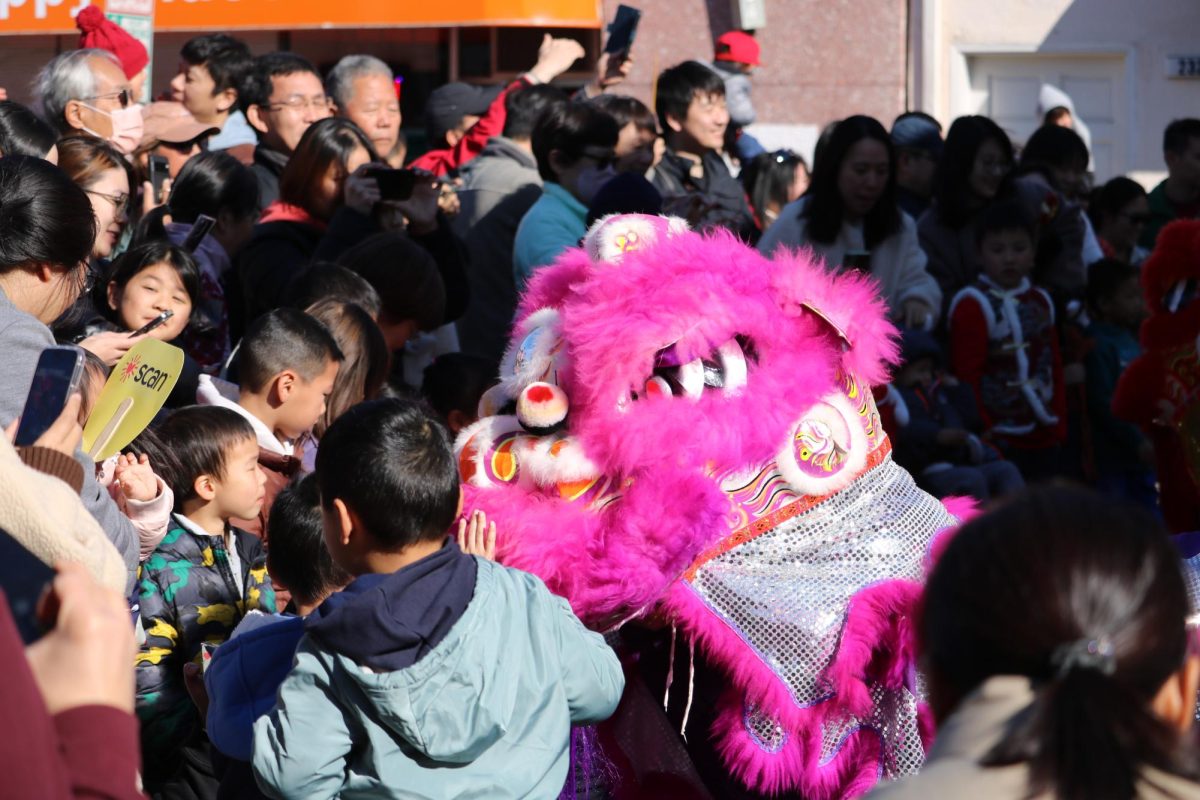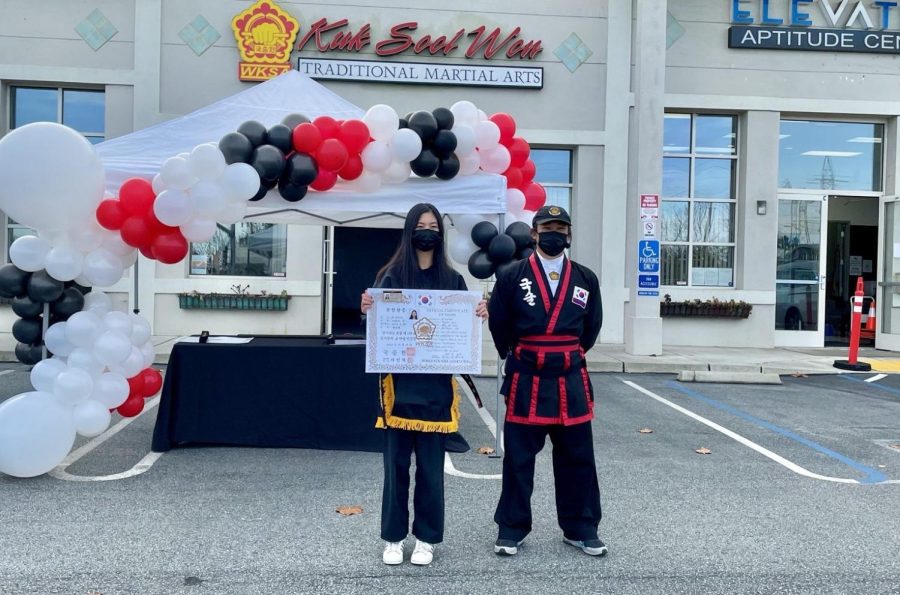Not just for show: the merits of martial arts
Senior Taylor Woo holds a certificate for her black belt promotion. She has been practicing Kuk Wool Son since the sixth grade.
April 21, 2023
There are over 180 different variations of martial arts originating from around the globe, and some students at Burlingame have taken up the intense commitment. Senior Kiana Hee, for example, began training in karate when she was just four years old. Coming from a family of martial artists, she felt a natural gravitation towards the sport to carry on with the tradition.
“My family has been my biggest influence to do martial arts. Both my mom and two older brothers are black belts as well, so I always wanted to follow in their footsteps,” Hee said.
After pursuing the sport for 13 years, Hee has come to acknowledge the benefits and hardships she faces in karate. The difficulty and pressure that comes with the often-grueling belt tests — which determine whether or not the martial artist is ready to advance to the next belt — exemplifies one of those hardships, lasting as long as four to five hours, adding an extra level of pressure for the stakes. However, after being promoted to a new belt, the hard work pays dividends, Hee said. She also noted that her progression in karate has taught her valuable life lessons and kept her safe.
“Karate has helped me become more aware of my surroundings because the instructors really emphasize that you should never let your guard down,” Hee said.
Senior Alex Gratch also practices karate, but in a variation known as Kenpo. She said she enjoys tournaments — not only for the competition, but also the chance to improve herself and her technique.
“You get an idea of where you stand in comparison to other people,” Gratch said, “and that’s one of the biggest parts of martial arts is learning how other people fight and how other people learn and adjusting your own technique. Nothing’s ever set in stone. And so tournaments are really a time when you can learn a lot while trying to win.”
In 2022, Gratch finally gained her black belt after 10 years of training.
“I think one of the things that’s definitely tough about martial arts is the commitment that you make, and especially as a girl in martial arts, you see a lot of people start to drop out as you get older,” Gratch said. “If you want to go far, and if you want to achieve a really high rank, you need to have the commitment and the patience to stick with it for a really long time.”
Martial arts also opens doors to a close-knit community. Since she was in sixth grade, senior Taylor Woo practiced Kuk Sool Won, a modern form of Korean martial arts that amalgamates many of the traditional Korean martial arts combat techniques. Woo also teaches Kuk Sool Won to kids and finds that it’s a rewarding experience to see firsthand the progressing improvement of students.
“I also become someone that the students look up to, which is rewarding and fun,” Woo said.
Hee, Woo and Gratch all agreed that martial arts do not promote violence whatsoever. Rather, they said, the sports focus on the cardinals of self-defense, patience and de-escalation, which can be applicable outside of the dojo or dojang. Gratch, for example, sdai that the skills she learned in karate could also apply to the other spheres of her life, such as sports.
“Martial arts really teaches you how to be in tune with your mind and your body, being aggressive and being able to pick up strategy and work with other people worked really well,” Gratch said. “Knowing your own limits and knowing when to push yourself, I think that really helped me playing water polo.”
Above all, despite the devotion and rigor martial arts demand, they are certainly rewarding and provide students with important lessons which they can apply in the outside world.
“I think the community is really, really great. I don’t know [if] that might be just specific to my dojo, but from what I’ve experienced at my dojang, the community is really supportive and really engaging,” Woo said. “And everybody there is great regardless of your age, pronouns– everyone comes together and just really has a lot of fun.”















































